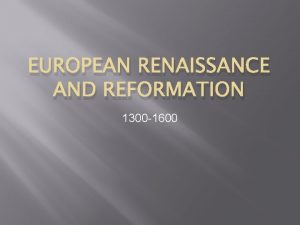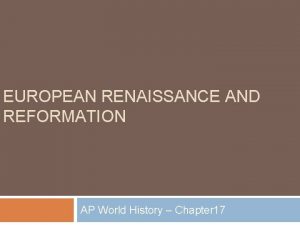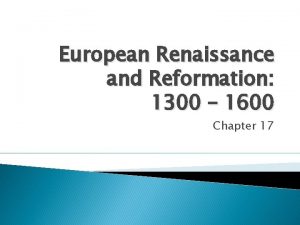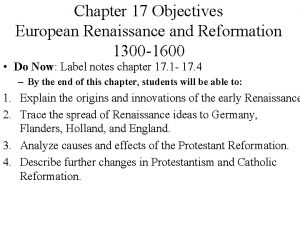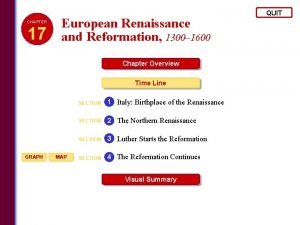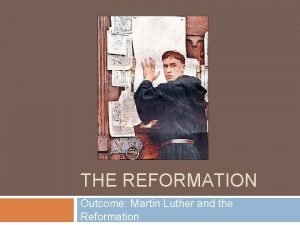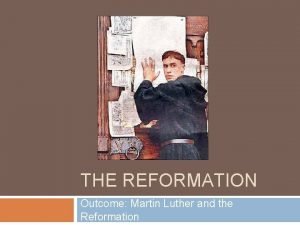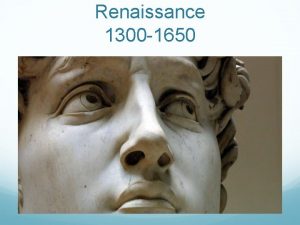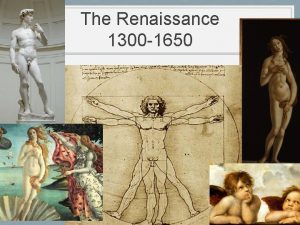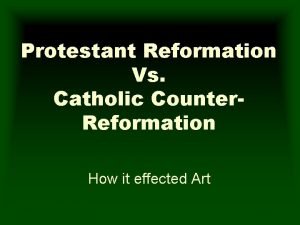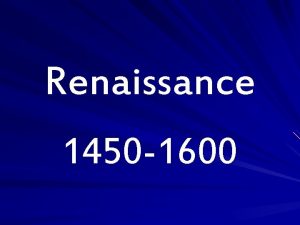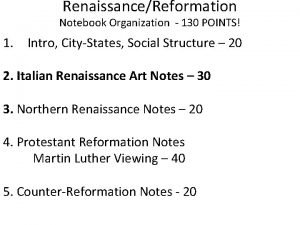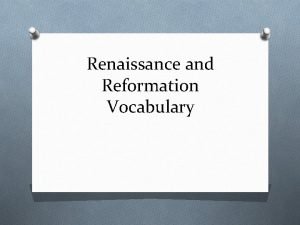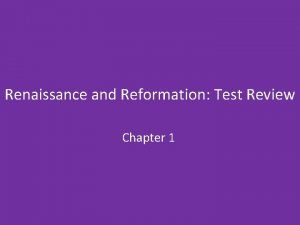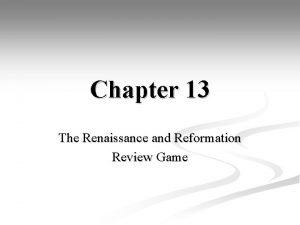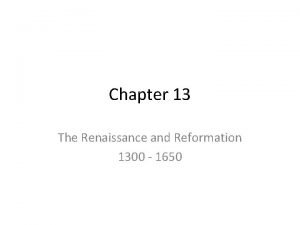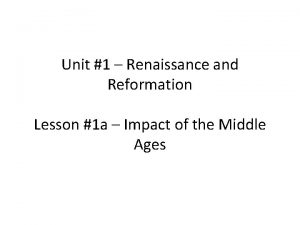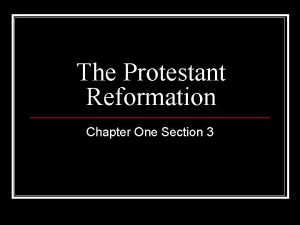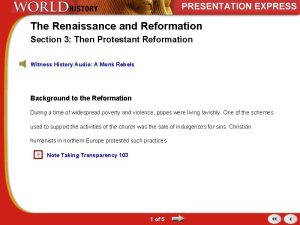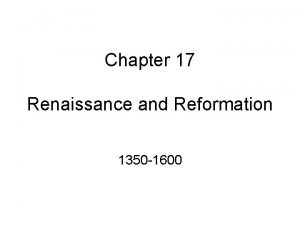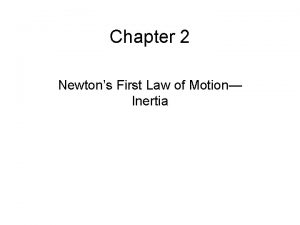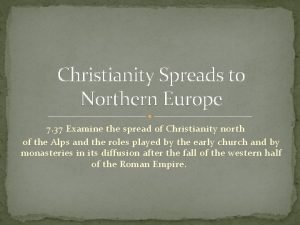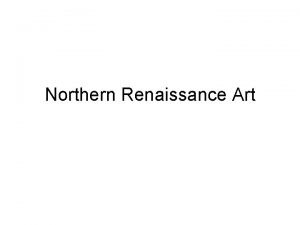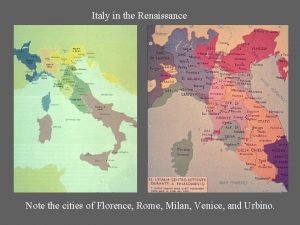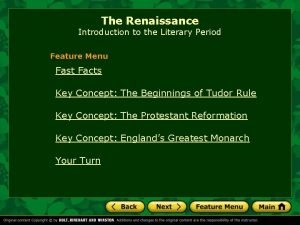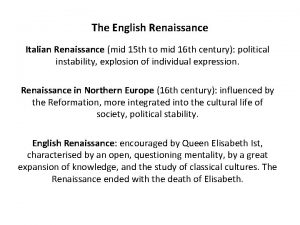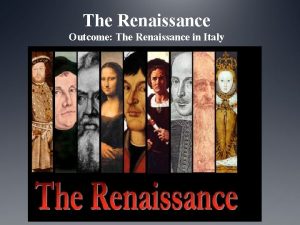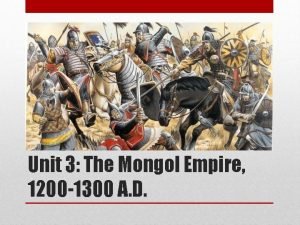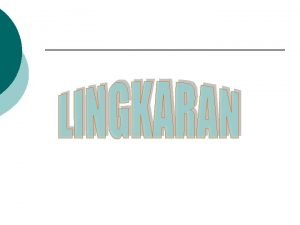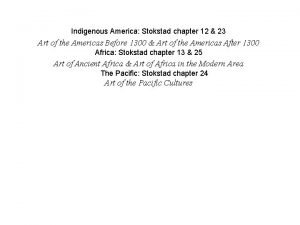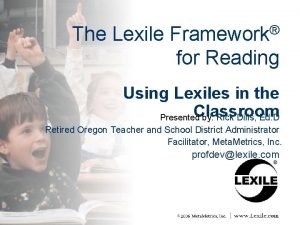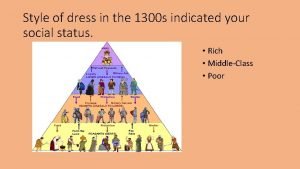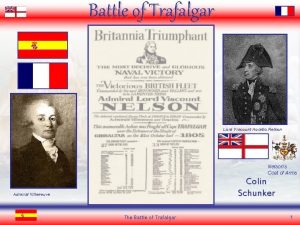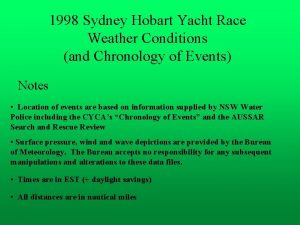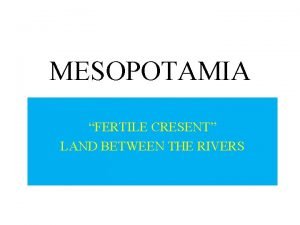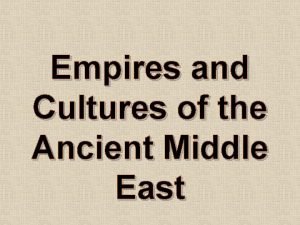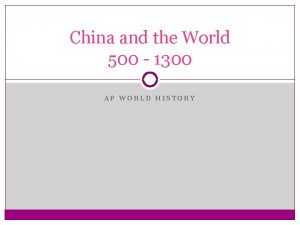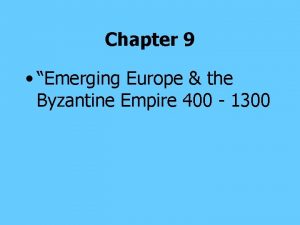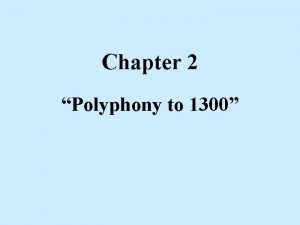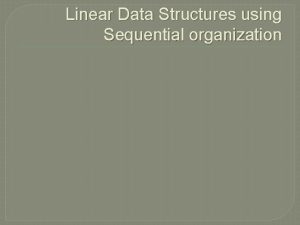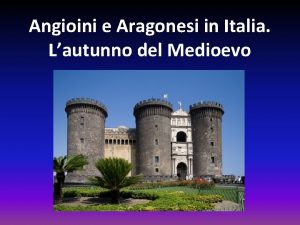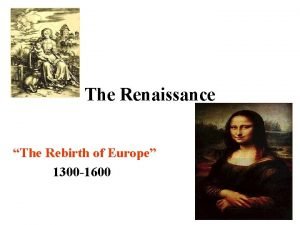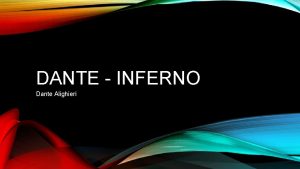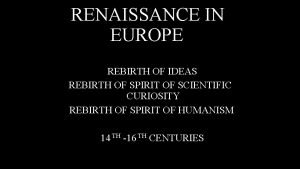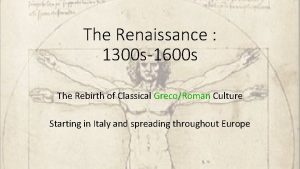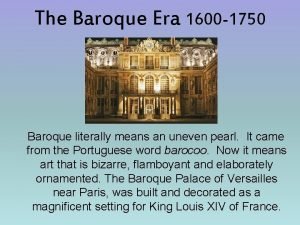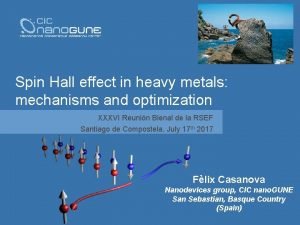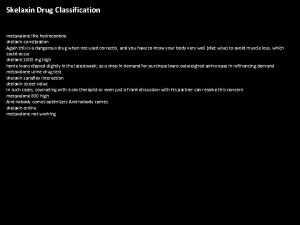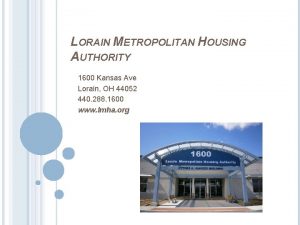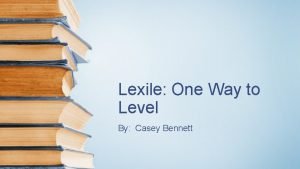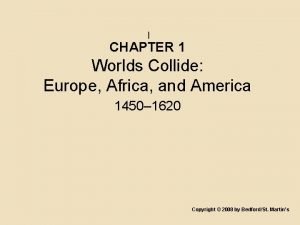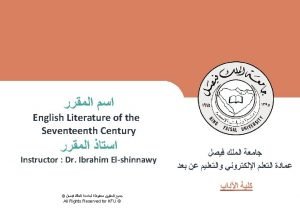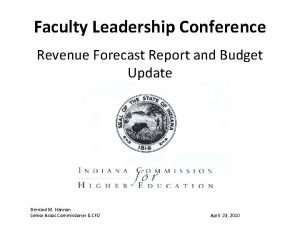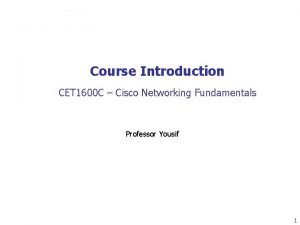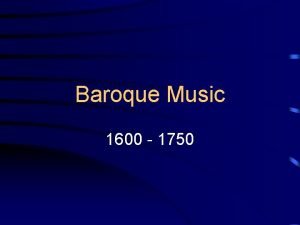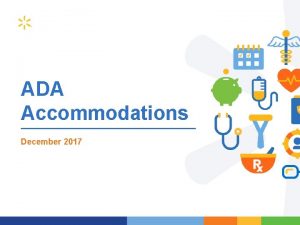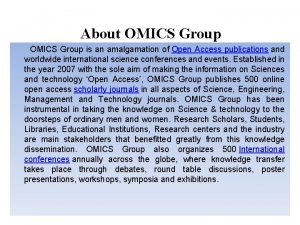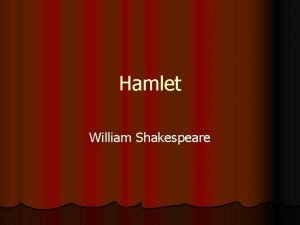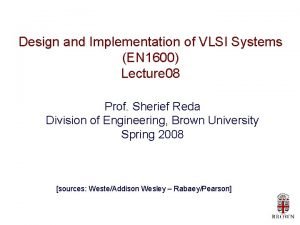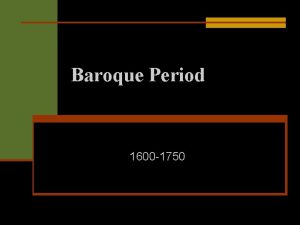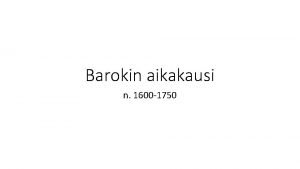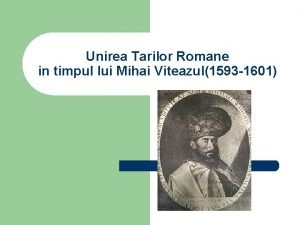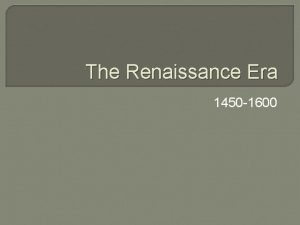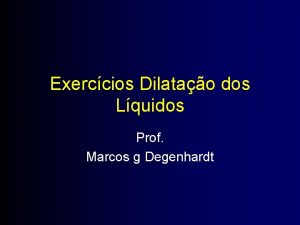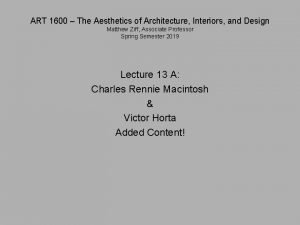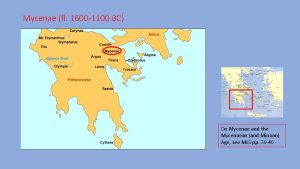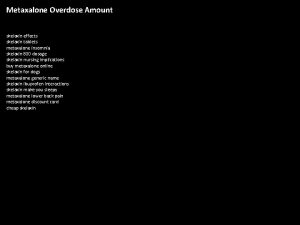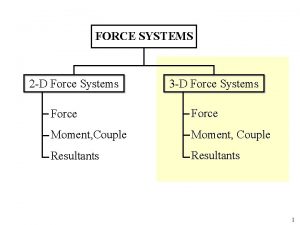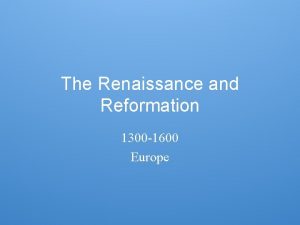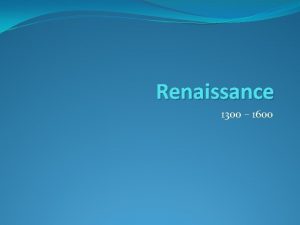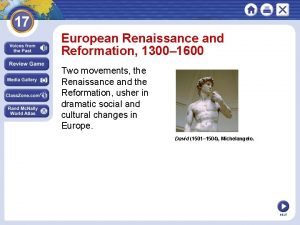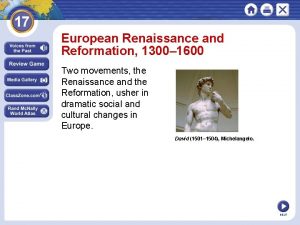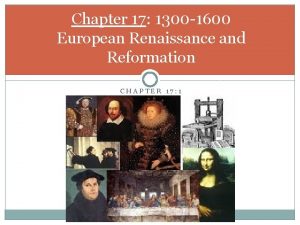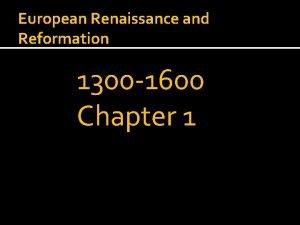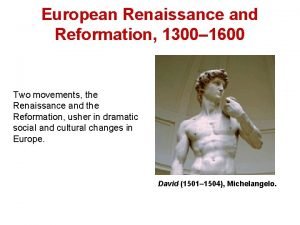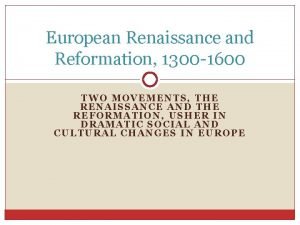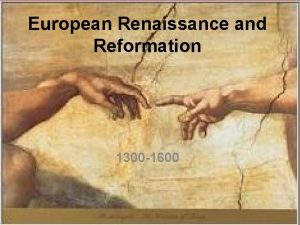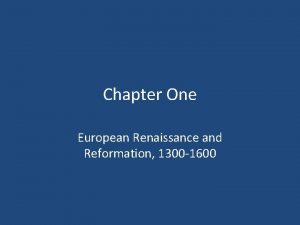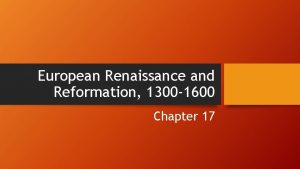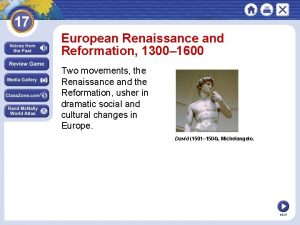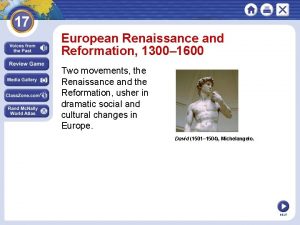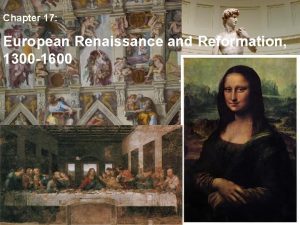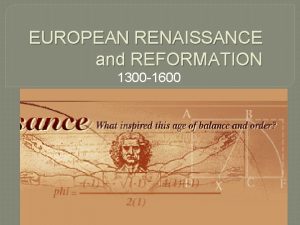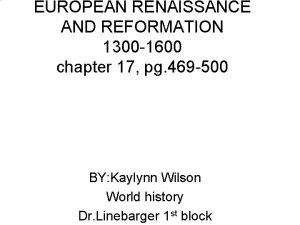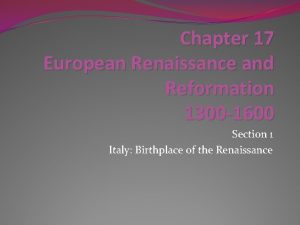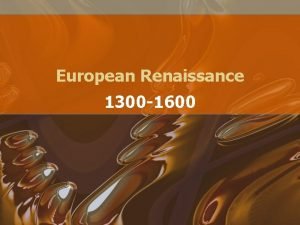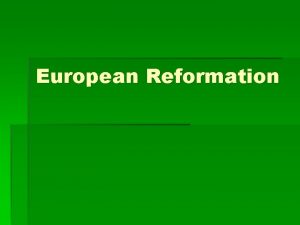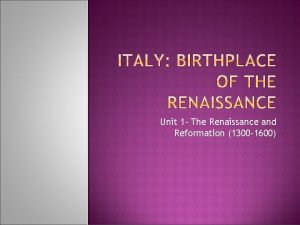Ch 17 European Renaissance and Reformation 1300 1600
















































































- Slides: 80

Ch 17 European Renaissance and Reformation 1300 -1600

Italy: Birthplace of the Renaissance Sec 1

Middle Ages • During the late Middle Ages, Europe suffered from both war and plague • Those who survived started to question institutions of the Middle Ages such as the Church

Renaissance • Renaissance- term that means rebirth and refers to a period from 1300 -1600 in Europe that in characterized by an explosion of creativity in art and learning • The people of Italy hoped to bring back the life and culture of Greece and Rome but created something new

Italy’s Advantages • The Renaissance began in Northern Italy and gradually spread to the rest of Europe • Italy had four advantages that made it the birthplace of the Renaissance: – thriving cities – a wealthy merchant class – the classical heritage of Greece and Rome – location in the Mediterranean


City States • Overseas trade, spurred by the Crusades, had led to the growth of large city-states in northern Italy • Northern Italy was urban while most of the rest of Europe remained rural


Merchants and the Medici • Unlike nobles, merchants did not inherit social rank • Success for merchants was based on individual merit, an important idea during the Renaissance • The Medici family was one of the most powerful merchant families in all of Europe


Looking to Greece and Rome • Greek and Roman culture was revived through the study of the ruins of Rome and manuscripts that were preserved in monasteries • Christian scholars from fleeing the rule of the Muslim Turks in Constantinople brought Greek and Roman manuscripts with them


Location • Italy’s location in the Mediterranean Sea led to contact with many other cultures such as the Hanseatic League, an alliance of trading cities in Northern Europe • Renaissance ideas spread quickly through trade routes


Humanism • Humanism- intellectual movement that focused on human potential and achievements • As opposed to people of the Middle Ages, humanists are more concerned with the here and now than the afterlife • The basic spirit of the Renaissance was secular- worldly rather than spiritual

Renaissance Man • The ideal individual during the Renaissance strove to master almost every area of study • A Renaissance Man should be able to dance, sing, play music, write poetry, be a skilled rider, wrestler, and swordsman

Renaissance Women • Women during the Renaissance were better educated than women of the Middle Ages but still had little influence

Art • Following the new emphasis on individuals, artists began to paint prominent citizens in a more realistic way

Leonardo da Vinci • Leonardo da Vinci was a painter, sculptor, inventor, and scientist • His work is a huge influence art and science, and includes the Mona Lisa, and The Last Supper



http: //entertainment. howstuffwor ks. com/arts/artwork/last-suppertheory. htm • Sistine Chapel • THE REAL SECRET OF LEONARDO You. Tube




Michelangelo • Michelangelo was another Renaissance man known for his art, poetry, and sculptures such as the ceiling of the Sistine Chapel and the statue of David



Raphael





Literature • Authors such as Dante, Petrarch, and Boccacco wrote for self-expression or to portray the individuality of their subjects

Machiavelli • Machiavelli- influential Renaissance author of The Prince. • The Prince was a political guidebook advising rulers how to keep their power • Is it better to be feared or loved? • A wise ruler does whatever is necessary to stay in power. • “the end justifies the means”


The Northern Renaissance Sec 2

Northern Renaissance • After the plague and the Hundred Years War ended populations began to grow in northern cities • As wealth increased through trade in northern cities patronage of the arts increased

Northern Writers • When the Italian humanist ideas reached the north, people used them to examine the traditional teachings of the Church • Christian humanists focused on how to improve society and inspire people to live a Christian life

Thomas More • In 1516, Thomas More wrote a book called Utopia • The book is about an imaginary land where greed, corruption, and war have been weeded out.


Shakespeare • The Renaissance spread to England in the mid-1500 s. • This time period became known as the Elizabethan Age • The most famous writer of the Elizabethan Age was William Shakespeare



The Printing Press • The Chinese invented block printing and movable print around the year 1000, but it was impractical because the Chinese language contained thousands of characters • Around 1440, Johann Gutenberg, a craftsman from Germany developed a printing press that incorporated a number of technologies in a new way



Effects of the Printing Press • Gutenberg’s printing press made it possible to produce books quickly and cheaply • Using the new process Gutenberg printed a complete Bible in 1455 • For the first time books were cheap enough so that many people could buy them • The printing press took power away from the Church by putting the Bible in the hands of common people

Legacy of the Renaissance • The European Renaissance was a period of great artistic and social change • It marked a break with medieval period ideals focused around the Church. • The belief in the dignity of the individual played a key role in the gradual rise of democratic ideas • The printing press may be the most important invention in history

Changes in the Arts • Art drew on the style of classical Greece and Rome • Paintings and sculptures portrayed individuals and nature in more realistic ways • Art was secular as well as religious • Writers began to use vernacular language • The arts praised individual achievement

Changes in Society • Printing made information available and inexpensive enough for society at large • Greater availability of books prompted an increased desire for learning and a rise in literacy • Published accounts of new discoveries, maps, and charts led to discoveries in a variety of fields

More Changes • Published legal proceedings made the laws clear so that people were more likely to understand their rights • Christian humanists changed the views about how life should be lived • People began to question political structures and religious practices.

Luther Leads the Reformation Sec 3

Weakening Church • The Roman Catholic Church dominated life in the Middle Ages but it began to draw more and more criticism after the Crusades and plague

Reformation • Reformation- movement for religious reform that led to the split of the Roman Catholic Church and the creation of Protestantism

Social Causes • The Renaissance values of humanism and secularism led people to question the Church • The printing press put the Bible in the hands of regular people and helped to spread ideas critical of the Church

Political Causes • Powerful monarchs challenged the church as the supreme power in Europe • Many leaders viewed the pope as a foreign ruler and challenged his authority

Economic Causes • European princes and kings were jealous of the Church’s wealth • Merchants and others resented having to pay taxes to the Church

Religious Causes • Some Church leaders had become worldly and corrupt • Many people found Church practices such as the sale of indulgences unacceptable

Luther Challenges the Church • Martin Luther- monk and teacher from the German state of Saxony who led the Protestant Reformation • In 1517, Luther took a public stand against a friar name Johann Tetzel • In order to raise money to rebuild St Peter’s Cathedral in Rome, Tetzel began to sell indulgences, pardons that released sinners from having to perform penalties


95 Theses • 95 Theses- formal statements attacking Church practices and the sale of indulgences • Luther posted the 95 Theses on the door of a Church in Wittenberg and invited scholars to debate him • His statement was copied and taken to a printer and Luther was soon known throughout Germany • The posting of the 95 Theses began the Reformation



Luther’s Teachings • People could win salvation only by faith in God’s forgiveness. The Church taught that faith and good works were necessary. • All Church teachings should be clearly based on the words of the Bible. The pope and Church traditions were false authorities. • All people with faith were equal. People do not need priests to interpret the Bible for them.

Response to Luther • In 1520, Pope Leo X excommunicated Luther • Edict of Worms was issued by Holy Roman Emperor Charles V declaring Luther and outlaw and a heretic • Luther and his followers became a separate religious group called the Lutherans • Peasants in Germany revolted • The term Protestant came to be applied to Christians who belonged to non-Catholic churches


Henry VIII • When Henry VIII became king of England in 1509 he was a devout Catholic • Henry needed to have a son to be heir to his throne • Convinced that his 42 year old wife Catherine would have no more children Henry asked the pope for an annulment.



England Becomes Protestant • After the Pope refused the annulment Henry called the Parliament and asked it to end the pope’s power in England • Henry got his divorce and married Anne Boleyn • After Henry’s death his daughter, Elizabeth I set up the Church of England or Anglican Church

The Reformation Continues Sec 4

John Calvin • In 1535, John Calvin, published Institutes of the Christian Religion to express his ideas about God, salvation, and human nature • Calvin wrote that men and women are sinful by nature and that God chooses very few people to be saved. • Predestination- belief that God has known from the beginning of time who will be saved


Calvinism • Calvinism- religion based on the ideas of John Calvin • Calvin believed that the ideal government was a theocracy, government controlled by religious leaders • Followers of Calvinism were extremely strict.



Catholic Reformation • Catholic Reformation- reform movement by the Catholic church in order to keep followers loyal, also known as the Counter Reformation • The goals of the Catholic Reformation were to found schools in Europe, convert non. Christians, and stop the spread of Protestantism

Legacy of the Reformation • Protestant churches flourished and new denominations developed • The Roman Catholic Church unified due to its own reforms • Both placed a new emphasis on education • Monarchs and states gained power as church power declined • The questioning of beliefs and authority led to the Enlightenment

 Renaissance 1300 to 1600
Renaissance 1300 to 1600 Who wrote praise of folly
Who wrote praise of folly European renaissance and reformation answer key
European renaissance and reformation answer key European renaissance and reformation chapter 17
European renaissance and reformation chapter 17 European renaissance and reformation chapter 17
European renaissance and reformation chapter 17 European renaissance and reformation chapter 17
European renaissance and reformation chapter 17 The reformation outcome: martin luther and the reformation
The reformation outcome: martin luther and the reformation The reformation outcome martin luther and the reformation
The reformation outcome martin luther and the reformation 1650-1300
1650-1300 Renaissance timeline 1300 to 1650
Renaissance timeline 1300 to 1650 Protestant reformation vs catholic reformation
Protestant reformation vs catholic reformation Renaissance 1450 to 1600
Renaissance 1450 to 1600 Topic 4 the renaissance and reformation
Topic 4 the renaissance and reformation Renaissance and reformation interactive notebook
Renaissance and reformation interactive notebook Renaissance and reformation vocabulary
Renaissance and reformation vocabulary Renaissance and reformation test review
Renaissance and reformation test review Chapter 13 the renaissance and reformation
Chapter 13 the renaissance and reformation Chapter 13 renaissance and reformation
Chapter 13 renaissance and reformation Unit 1 renaissance and reformation
Unit 1 renaissance and reformation Give up one’s views or beliefs
Give up one’s views or beliefs Chapter 12 renaissance and reformation
Chapter 12 renaissance and reformation The renaissance and reformation section 3 quiz
The renaissance and reformation section 3 quiz Chapter 17 renaissance and reformation
Chapter 17 renaissance and reformation If burl carries paul piggyback
If burl carries paul piggyback Causes of renaissance
Causes of renaissance Italian renaissance vs northern renaissance venn diagram
Italian renaissance vs northern renaissance venn diagram The renaissance outcome renaissance painters/sculptors
The renaissance outcome renaissance painters/sculptors Italian renaissance vs northern renaissance art
Italian renaissance vs northern renaissance art Renaissance vs high renaissance
Renaissance vs high renaissance The renaissance introduction to the renaissance answer key
The renaissance introduction to the renaissance answer key Italian renaissance vs english renaissance
Italian renaissance vs english renaissance The renaissance outcome the renaissance in italy
The renaissance outcome the renaissance in italy The mongol empire spans eurasia worksheet answer key
The mongol empire spans eurasia worksheet answer key Jika qs adalah diameter lingkaran maka hitunglah besar poq
Jika qs adalah diameter lingkaran maka hitunglah besar poq Jumlah sudut pada segi lima adalah a 180 b 360 c 450 d 540
Jumlah sudut pada segi lima adalah a 180 b 360 c 450 d 540 Art of the americas before 1300
Art of the americas before 1300 Axgate 200
Axgate 200 Lexile range meaning
Lexile range meaning 1300 style
1300 style 1300 hrs
1300 hrs 1300 hrs
1300 hrs Fertile cresent
Fertile cresent Solomon's temple location
Solomon's temple location 1200-1300 lexile books
1200-1300 lexile books Foot binding definition ap world history
Foot binding definition ap world history The byzantine empire and emerging europe answer key
The byzantine empire and emerging europe answer key 1300 notre dame
1300 notre dame Row major formula
Row major formula S-1300
S-1300 Continuous feed printer
Continuous feed printer Si concluse nel 1300 02 con la pace di caltabellotta
Si concluse nel 1300 02 con la pace di caltabellotta Renaissance years
Renaissance years 4 x 1300
4 x 1300 Pokol felépítése
Pokol felépítése Venetia 1600 births and rebirths
Venetia 1600 births and rebirths Venetia 1600 births and rebirths
Venetia 1600 births and rebirths 1600 hairstyles
1600 hairstyles Orbitronics batteries
Orbitronics batteries Skelaxin classification
Skelaxin classification Implementing nfpa 1600 national preparedness standard
Implementing nfpa 1600 national preparedness standard Lorain county section 8
Lorain county section 8 How is lexile determined
How is lexile determined Abcdarab
Abcdarab Foam pro 1600
Foam pro 1600 The puritan age
The puritan age 1600-1329
1600-1329 Cet 1600
Cet 1600 Terraced dynamics music definition
Terraced dynamics music definition 855-489-1600
855-489-1600 300000/1600
300000/1600 Frailty thy name is woman
Frailty thy name is woman En 1600
En 1600 1600-1750
1600-1750 Puhelaulunomaisia
Puhelaulunomaisia Unirea lui mihai viteazu
Unirea lui mihai viteazu The period in music from 1452 1600
The period in music from 1452 1600 Um recipiente de vidro cujo volume interno é 1600 cm3
Um recipiente de vidro cujo volume interno é 1600 cm3 1600 aesthetic
1600 aesthetic Mycenaean saga
Mycenaean saga Metaxalone 800 mg street value
Metaxalone 800 mg street value Wrench resultant examples
Wrench resultant examples

